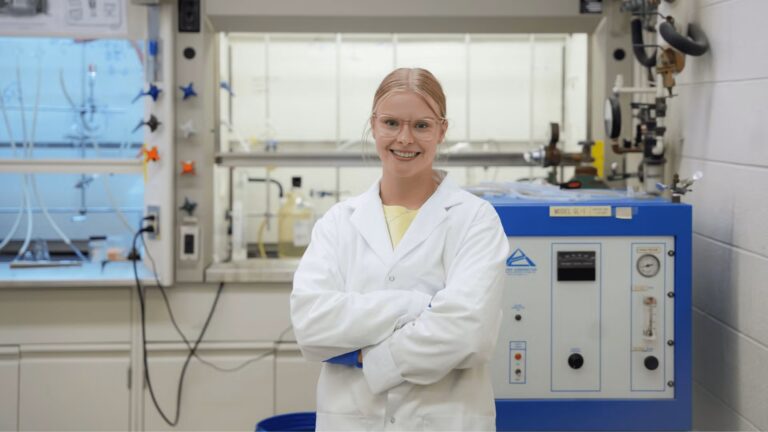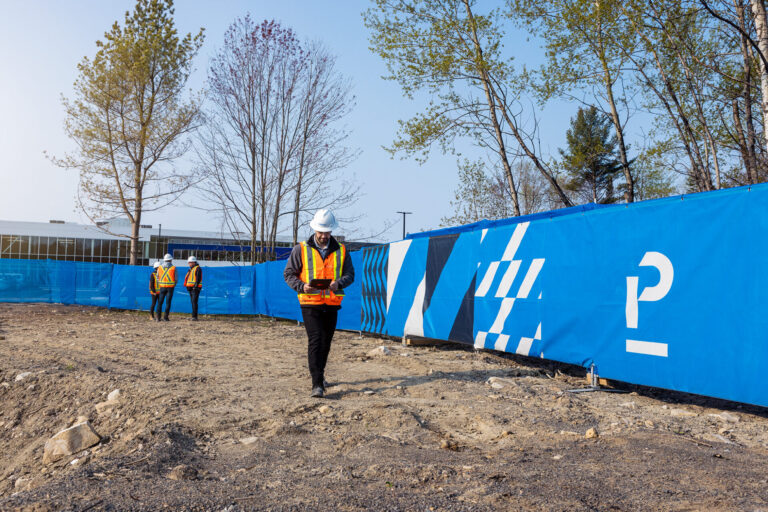Recent studies in Canada show that over 99% of the population have detectable levels of PFAS – synthetic chemicals found in products such as non‑stick cookware, food packaging, waterproof clothing and cosmetics – in their bodies. Through wastewater, urban runoff and other pathways, these “forever chemicals” enter water systems worldwide, where they persist, build up in living organisms and pose serious risks. Even trace amounts have been linked to cancer, thyroid disorders, immune system suppression, liver damage, reproductive toxicity and developmental problems.
Protecting water sources from these elusive chemicals is vital, but most conventional wastewater treatment systems aren’t equipped to remove them. New research led by Toronto Metropolitan University (TMU) civil engineering professor Rania Hamza offers a promising approach using aerobic granular sludge (AGS), an innovative biofilm-based treatment, in which microorganisms stick together and to surfaces, already used for nutrient removal.
A resilient biological approach
AGS systems grow compact clusters of bacteria that settle quickly and efficiently remove pollutants from wastewater. Working with TMU Faculty of Science professors Roxana Suehring and Steven N. Liss, professor Hamza tested AGS’s ability to withstand and contain several types of PFAS. The results show AGS can manage significant amounts of PFAS, even at high concentrations, and maintain strong performance in removing other pollutants.
“Our findings suggest that AGS can play a key role as a frontline capture step, separating PFAS from the liquid stream early in the treatment process,” said professor Hamza, who co-founded TMU’s Water Research and Resource Recovery (WR3) Urban Water Lab, a state-of-the-art, fully equipped wet lab housed within the Centre for Urban Innovation, where this research was conducted.
To ensure real-world relevance, the team based their experiments on PFAS concentrations from global wastewater data. They found AGS continued to remove over 95% of pollutants like ammonia and organic matter, even under intense PFAS exposure. Perhaps more notably, AGS retained PFAS up to ten times more effectively than traditional systems, likely thanks to the dense, water-repelling structure of the granules.
“The most surprising outcome was not just the operational stability, but the clear indications that AGS can adapt and maintain treatment function under PFAS pressure,” said professor Hamza. “This opens new avenues for resilient, biofilm-based PFAS mitigation strategies.”
Once trapped in the sludge, PFAS can be targeted by advanced technologies, such as thermal destruction using incineration or chemical decomposition, when coupled with appropriate off-gas treatment. This hybrid approach of biological containment followed by specialized treatment reflects a growing trend in wastewater management.

From lab results to real-world impact
The team’s findings have immediate implications for municipalities struggling with PFAS contamination. Since AGS systems are already in full-scale use for nutrient removal, they can be adapted for PFAS control without overhauling infrastructure.
As PFAS pollution spreads, innovative, layered solutions like AGS technology offer a promising way forward – one that helps protect public health and the environment while making better use of the systems we already have.
Read the team’s paper, “Strength under pressure: Aerobic granular sludge (AGS) dynamics in sequencing batch reactors exposed to Per- and polyfluoroalkyl substances (PFAS)” (external link) in the Journal of Hazardous Materials.
Article by Mary Harmer.
The research in this article was supported by TMU’s Faculty of Engineering and Architectural Science (FEAS), Urban Water TMU, the Natural Sciences and Engineering Research Council of Canada (NSERC) and the Canada Water Agency (CWA).
Image credit to TMU.












